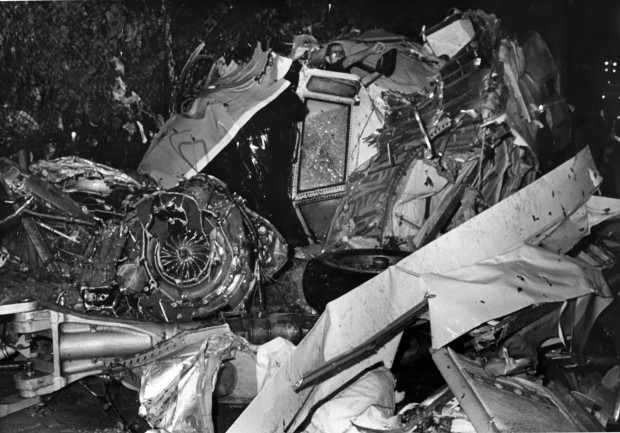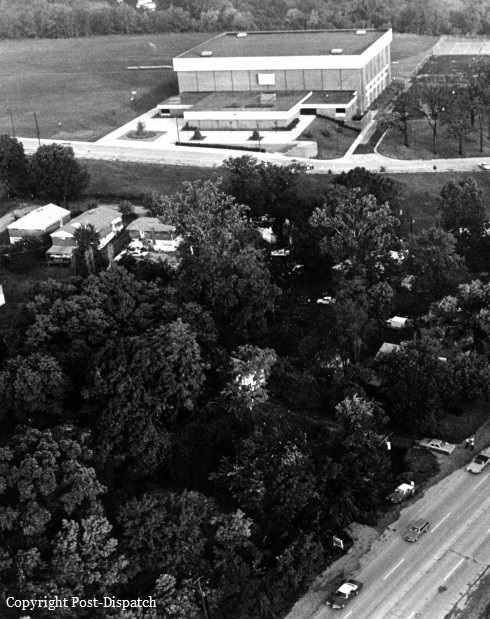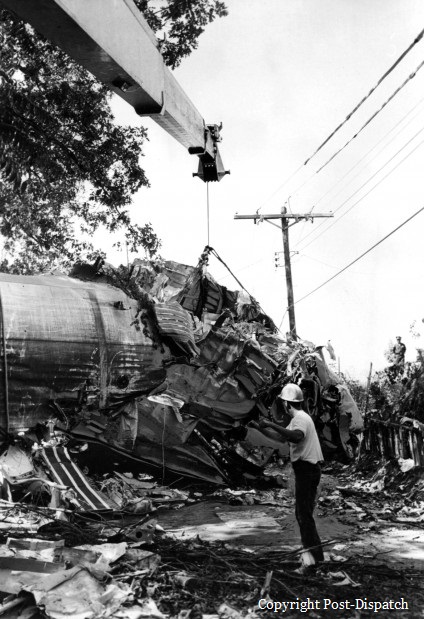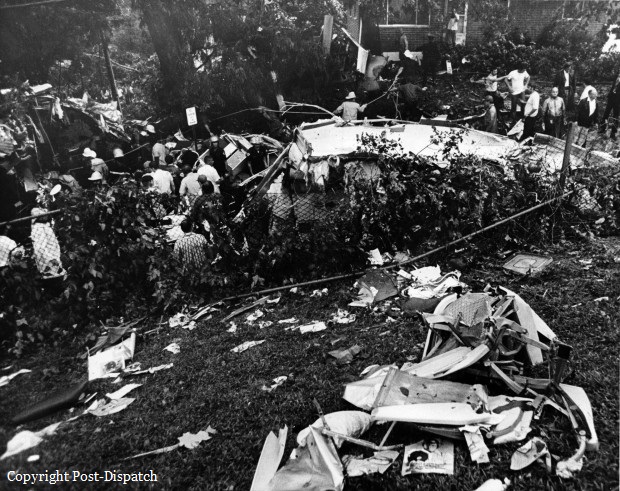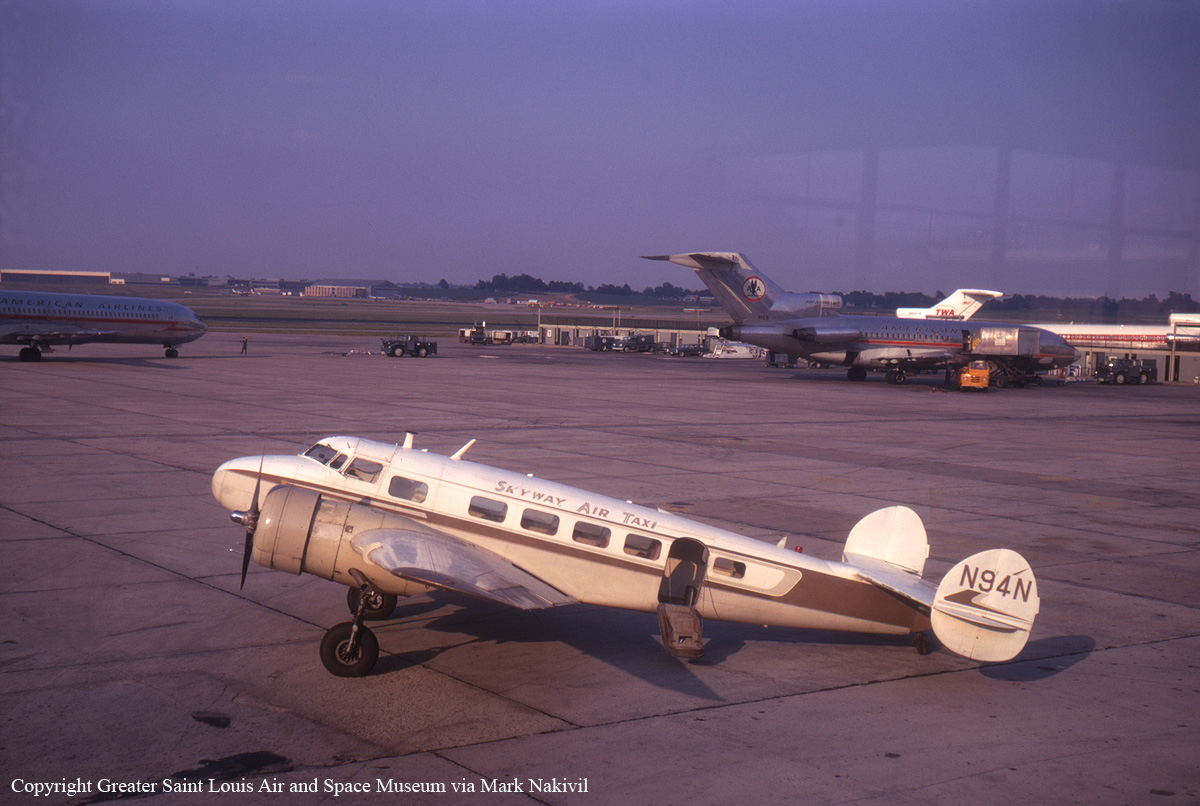Crash of a Rockwell Grand Commander 680 in Owensville: 1 killed
Date & Time:
Dec 29, 1975 at 0905 LT
Registration:
N108E
Survivors:
No
Schedule:
Saint Louis - Vichy
MSN:
680-954-19
YOM:
1960
Crew on board:
1
Crew fatalities:
Pax on board:
0
Pax fatalities:
Other fatalities:
Total fatalities:
1
Captain / Total hours on type:
180.00
Circumstances:
While cruising in poor weather conditions (fog and rain), the pilot lost control of the airplane that entered a spin and crashed in a field. The pilot, sole on board, was killed.
Probable cause:
Uncontrolled descent after the pilot suffered a spatial disorientation in flight following a failure of the electrical system (inverter). The following contributing factors were reported:
- Rain,
- Fog,
- The two aircraft inverters were not rotating at impact,
- Instrument fragmentation precluded instrument investigations.
- Rain,
- Fog,
- The two aircraft inverters were not rotating at impact,
- Instrument fragmentation precluded instrument investigations.
Final Report:



